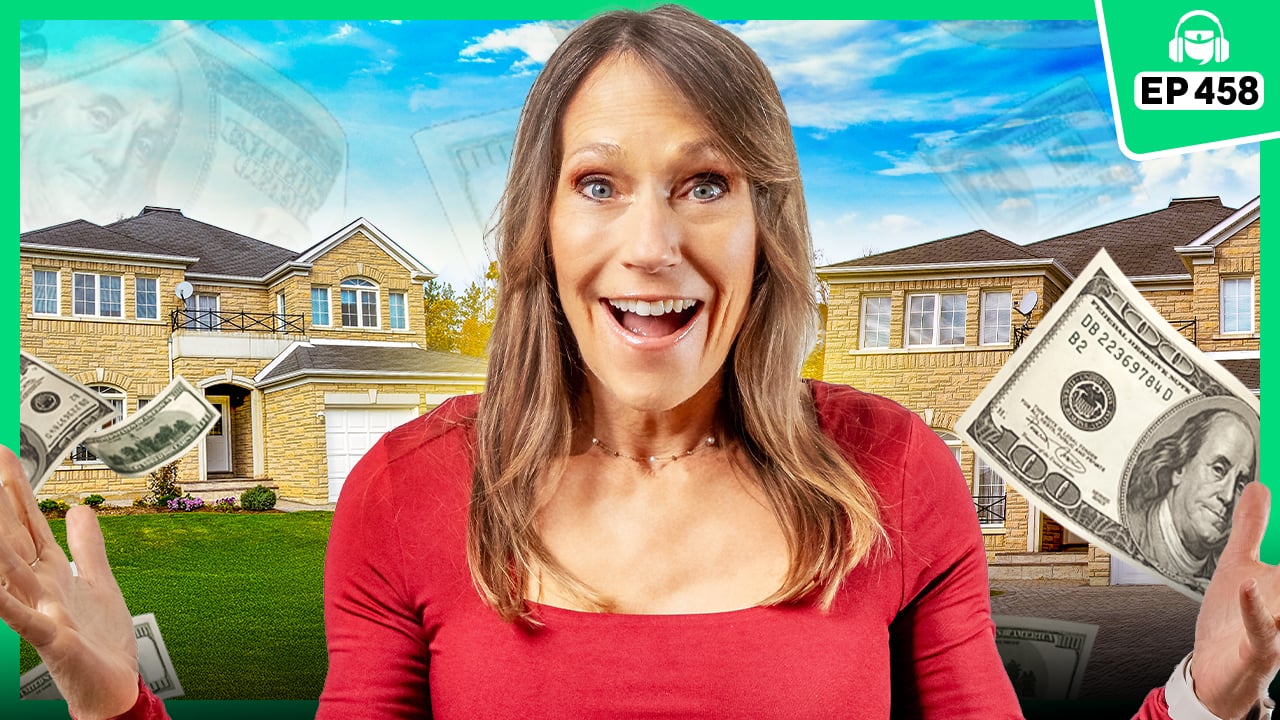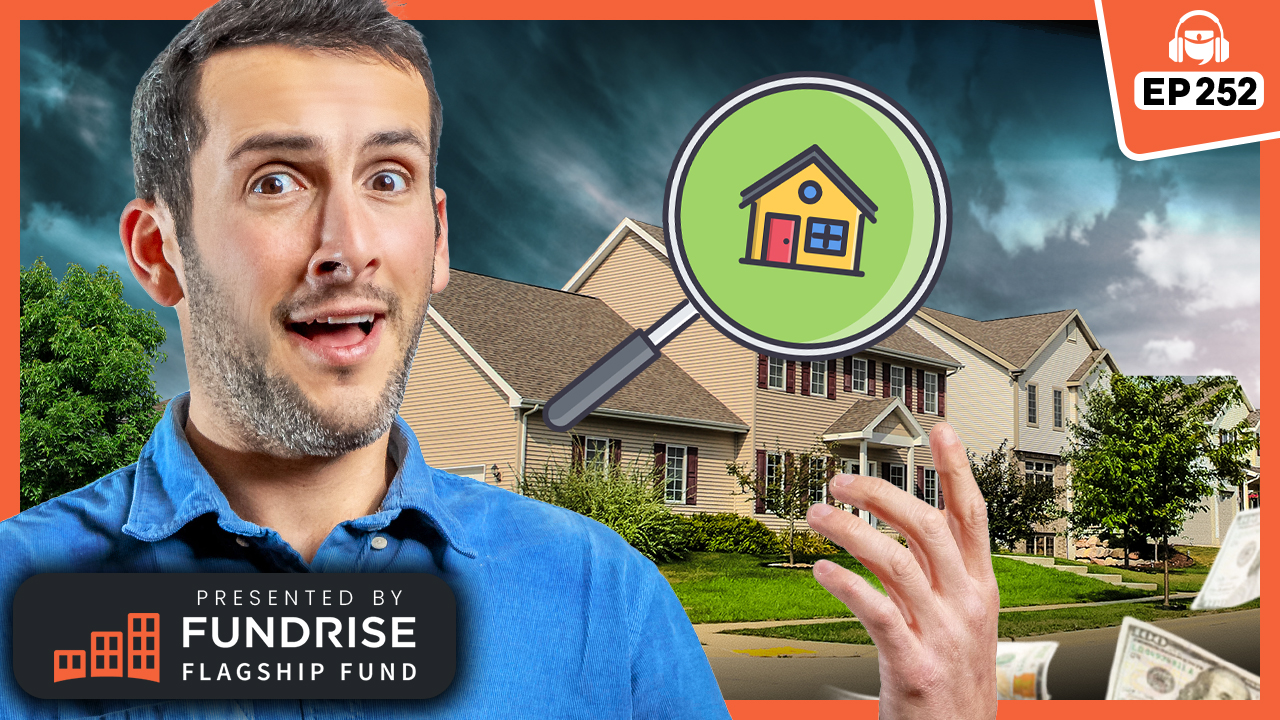Apartments and units have emerged as shock contenders in Australia’s property race, with unit value growth closing the gap with house price performance, says real estate boss David Edwards.
“We’ve seen in recent months that units continue to rise faster than houses across the capital cities – reversing the pandemic preference for detached houses over units,” Mr Edwards, chief executive of First National Real Estate, told realestate.com.au.
“Look for value in apartments if you’re not absolutely set on a house. A bird in the hand is worth two in the bush.”
The comments come as the combined capital city median unit price rose 5% over the 12 months to July – slightly behind the 6.99% annual growth recorded for houses, according to PropTrack.
House price growth has traditionally outperformed units, driven by Australians’ preference towards houses with backyards.
But at a time when living costs have increased faster than household incomes for many across the country, homebuyers have been making laser-focused on the cost of a home.
The combined capital city median unit price rose 5% over the 12 months to July. Picture: Getty
The average cost of an apartment in Australia's capital cities is $682,000 today - $287,000 less than the average capital city house - which offers a more affordable route into the property market for first-time buyers.
Mr Edwards said the erosion in borrowing capacity and affordability was skewing buyer demand towards the lower price points of the market.
“Lower quartile property values are leading prices growth everywhere but Canberra and Darwin,” Mr Edwards said.
First National Real Estate chief executive David Edwards said unit prices were rising fast across the capital cities. Picture: Supplied
“Lower priced homes gained 3.3% in value in the past three months, versus homes in the upper quartile lifting by only 0.8%.”
Moderate home price growth of between 1% and 4% is expected across the country over the next 12 months, Mr Edwards predicted.
“We’ll continue to see housing values driven by strong population growth, limited housing supply and the stage three tax cuts.
“However, expect market fragmentation, with different regions and cities experiencing varying rates of growth - areas like Canberra, Hobart, and Darwin are expected to see more modest or even negative growth.
“Interest rates will continue to impact affordability, although they are expected to eventually fall, which could boost consumer confidence and further support the market.”
Mr Edwards said homebuyers should be conscious that waiting to see what happens often results in an erosion of buying power.
He noted that home values in capital cities were rising faster than properties in regional Australia too.
National home prices continue to rise, but home price growth is slowing down. Picture: Getty
“City homes rose 1.8% in value in the past quarter, as opposed to them rising at a slower 1.3% across country Australia,” he said, citing First National data.
“The greatest strength is in the west, and as you move east, the rates of regional growth slow.”
Over the past quarter, regional home values in Western Australia, South Australia and Queensland rose 4.7%, 3.2% and 2.8%, respectively.



















 English (US) ·
English (US) ·